Hermitages and churches
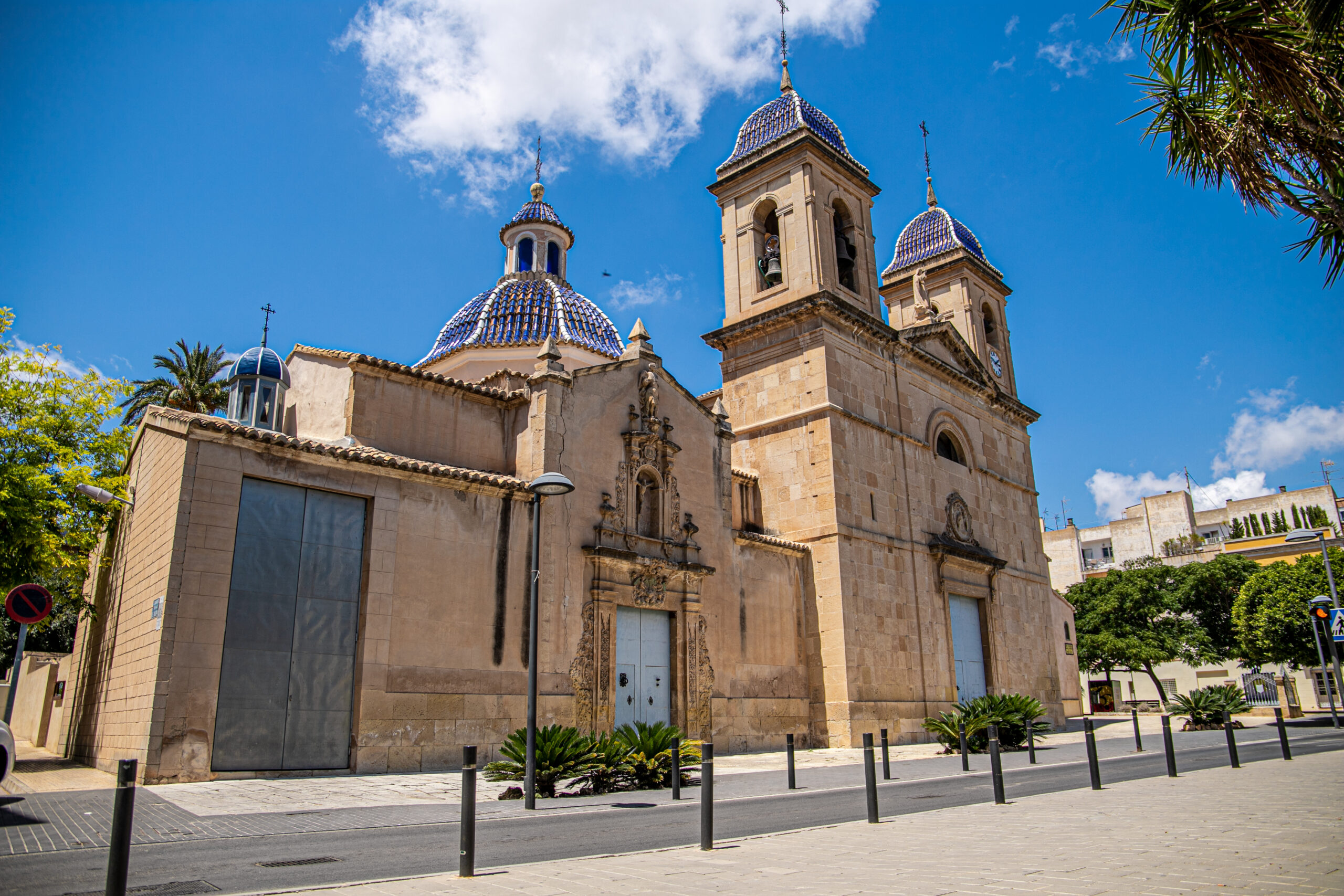
Saint John the Baptist Parish
In the heart of Sant Joan d'Alacant, between the Plaza del Ayuntamiento and the Parque de San Luis, is the Parish Church of San Juan Bautista. This enclave has witnessed the most important events in the history of Sant Joan. The first church of which there is evidence was built here, before the year 1315. In the 18th century, numerous extensions were made, such as the construction of the Rosary and Christ chapels. The current configuration of the complex dates back to the 19th century. A must-see place for visitors to the town.
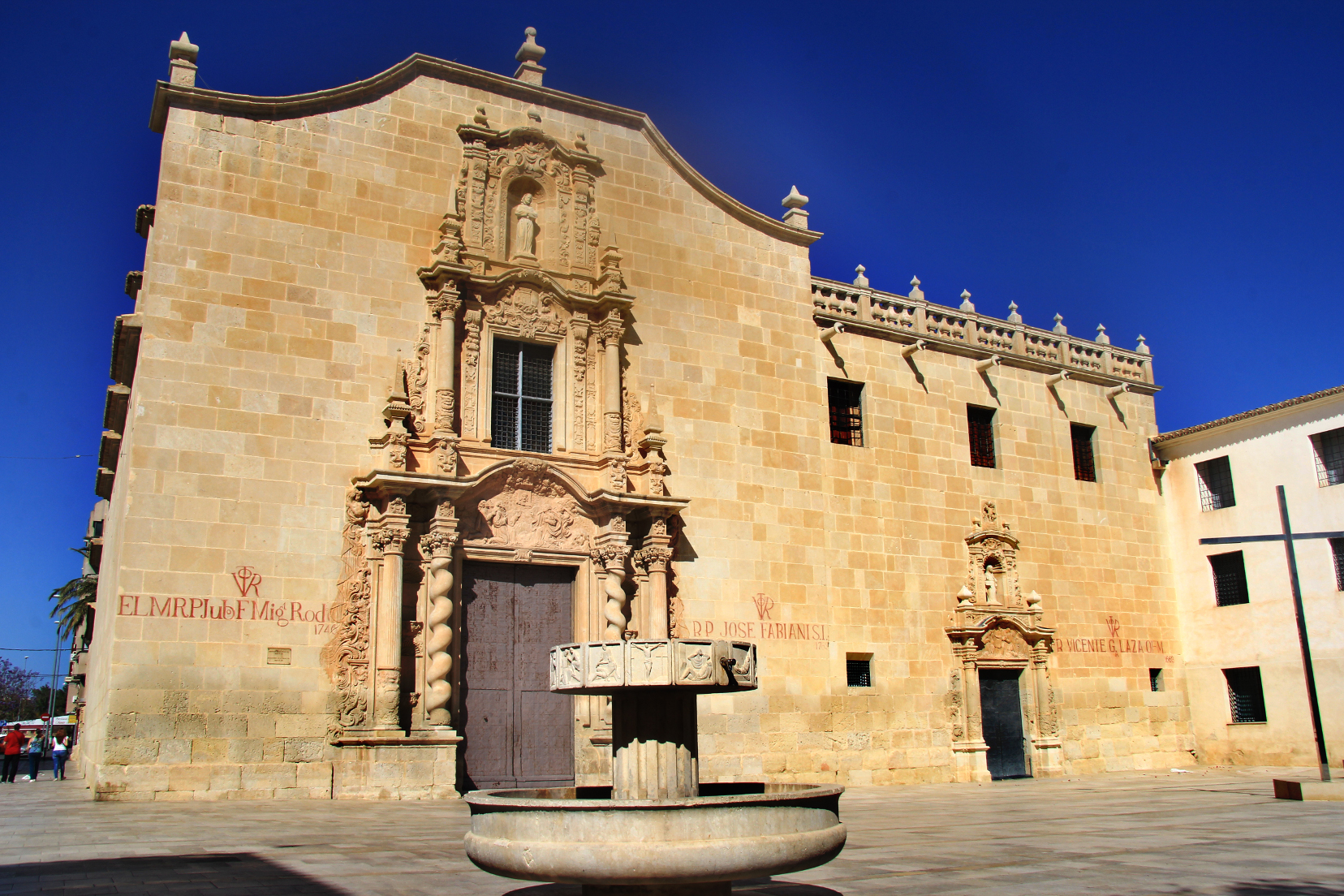
Monastery of the Holy Face
If there is a time of the year when Alicante and Sant Joan exalt their brotherhood, it is undoubtedly during the Santa Faz pilgrimage, a tradition that has been celebrated since the 16th century. In recent times, the pilgrimage is reaching epic dimensions, and holy water is not exactly the liquid that the more than 20,000 young people who attend it each year are looking for. Perhaps few of these youths know that the origin of this very popular tradition dates back to March 17, 1489, after the miracle of the tear of the Holy Face occurred.
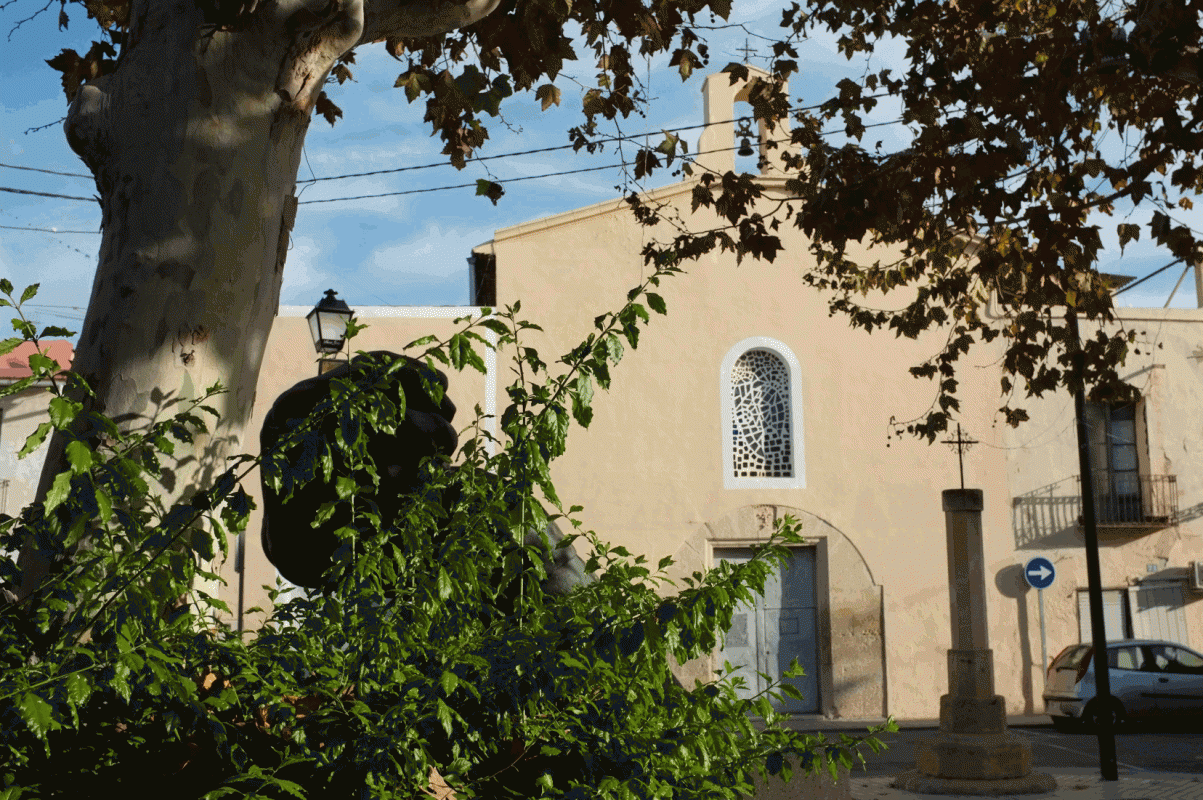
Hermitage of San Roque
The hermitage of San Roque is one of the most important religious buildings in the Huerta de Alicante. It has been closely linked to its history since time immemorial. In the heart of Benimagrell, it was probably built on the remains of an old mosque. Dating back to the 16th century, it is a late-Gothic style building. The hermitage and the square are an incomparable setting to celebrate the Sant Roque festivities, which during the month of August make Benimagrell recover all its splendor.
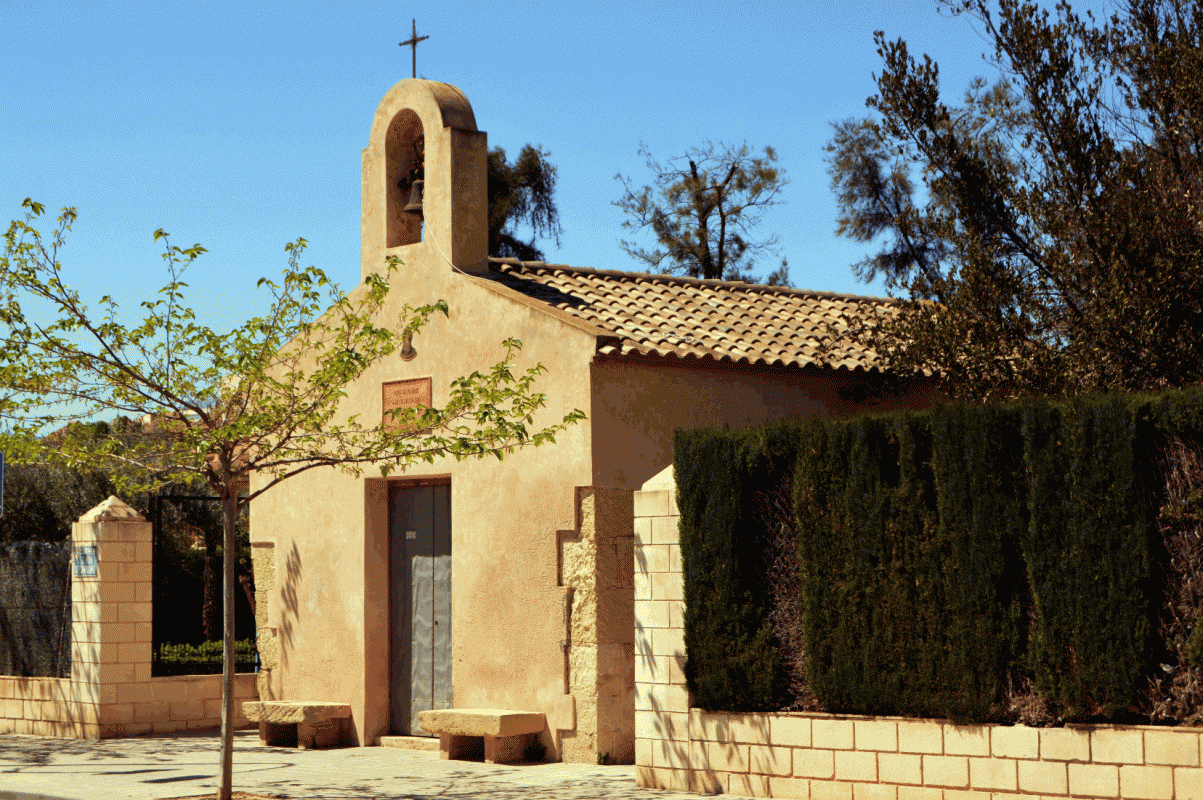
Virgin of Loreto Hermitage
It is one of the oldest and most devotional hermitages in the old Huerta de Alicante. It is located on Ramón de Campoamor street, in front of the Buena Vista farm. Formerly the enclave was a road that connected Sant Joan, Benimagrell and Santa Faz. The 16th century hermitage was built to commemorate the miracle of the tear of the Virgin of God of Loreto, patron saint of Mutxamel, which took place on March 1, 1545.

Ermita de Santa Ana
At the foot of Mount Calvari we find this small jewel from the 16th century. It is thought that the hermitage of Santa Ana could have been part of the domain of the Salafranca tower house. In addition to religious services, the construction served as a refuge for the inhabitants of the area if there was an incursion by the Barbary pirates, very frequent since medieval times.
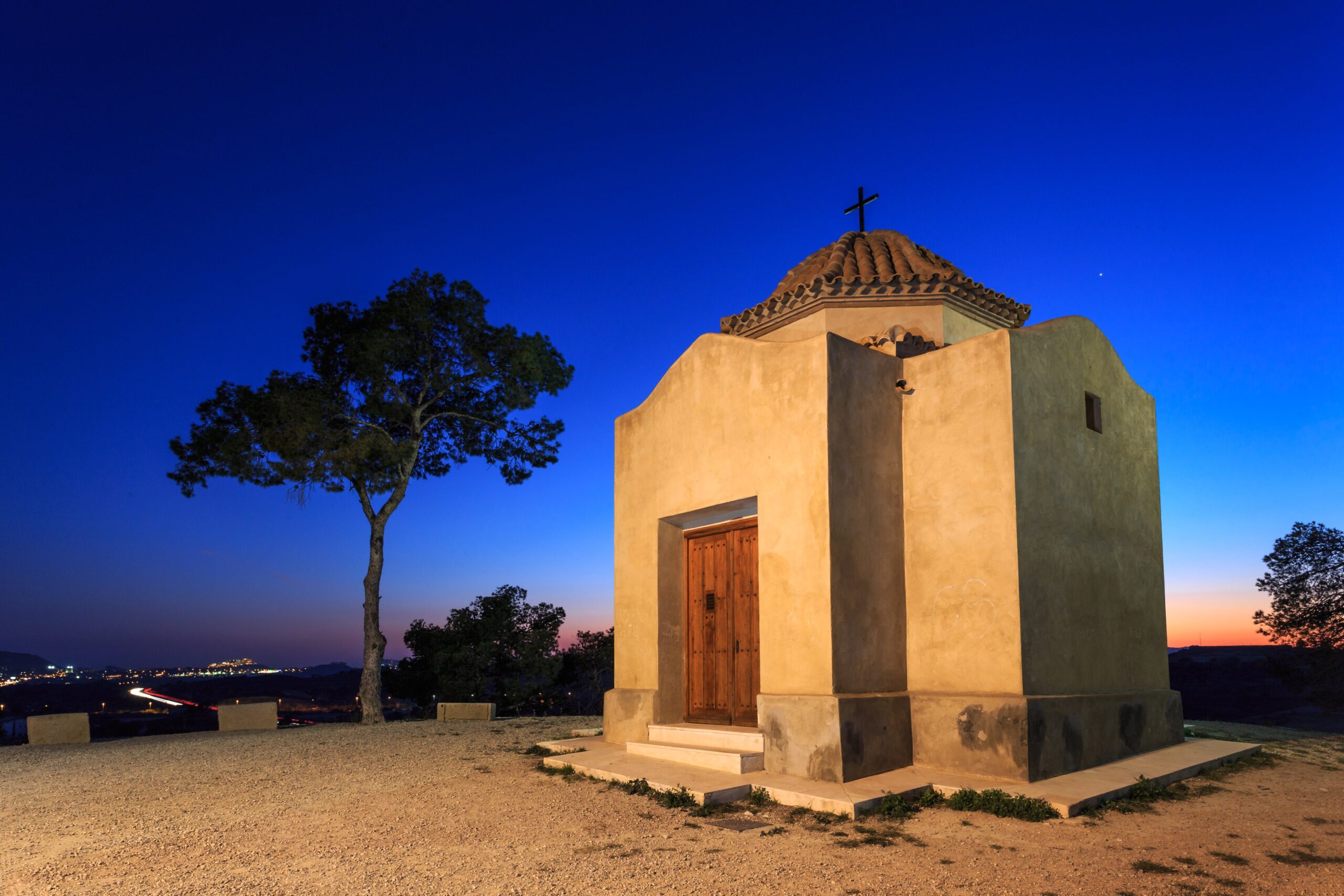
Calvari Hermitage
At the summit of Mount Calvari, presiding over the area of Coix, is this small hermitage from the 18th century. With a Greek cross plan crowned by a dome, the hermitage was the end of a Via Crucis. This building has witnessed bloody wars, such as the War of Independence and the Spanish Civil War. The hermitage has cyclically gone through periods of splendor and decline. Its last restoration dates back to 2007.
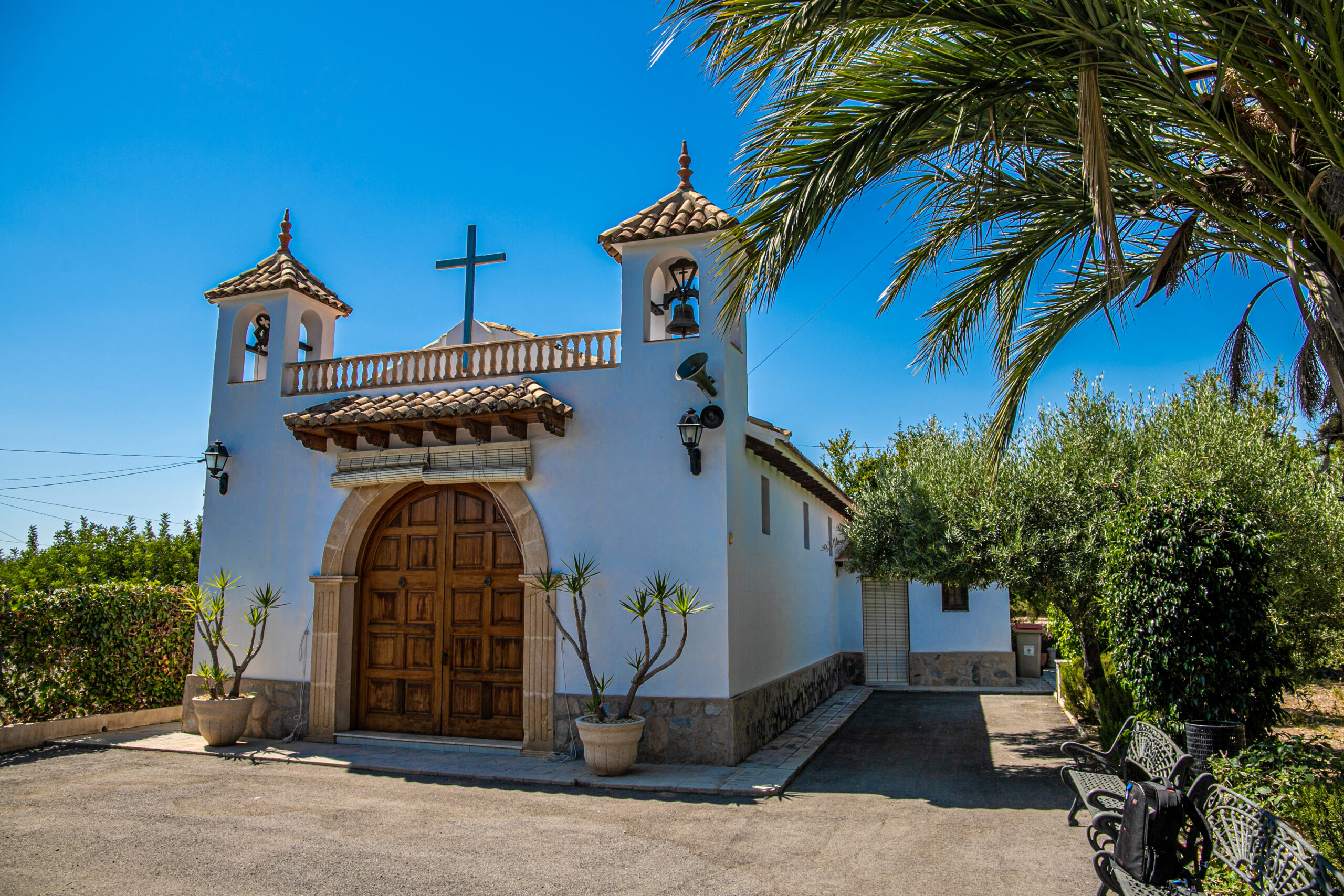
Hermitage of Fabraquer
The Fabraquer hermitage is in the homonymous area, on the Marco road, near the Quatre Camins. The residents of the area built this hermitage at the beginning of the 90s of the last century. It is a simple but charming construction with a single nave, a rectangular floor plan and a façade with two small bell towers topped by roofs, with a point between them like a triangular pediment topped by a cross. The door is crowned by a semicircular arch on which a small roof has been placed. The roof of the building is made of wood.
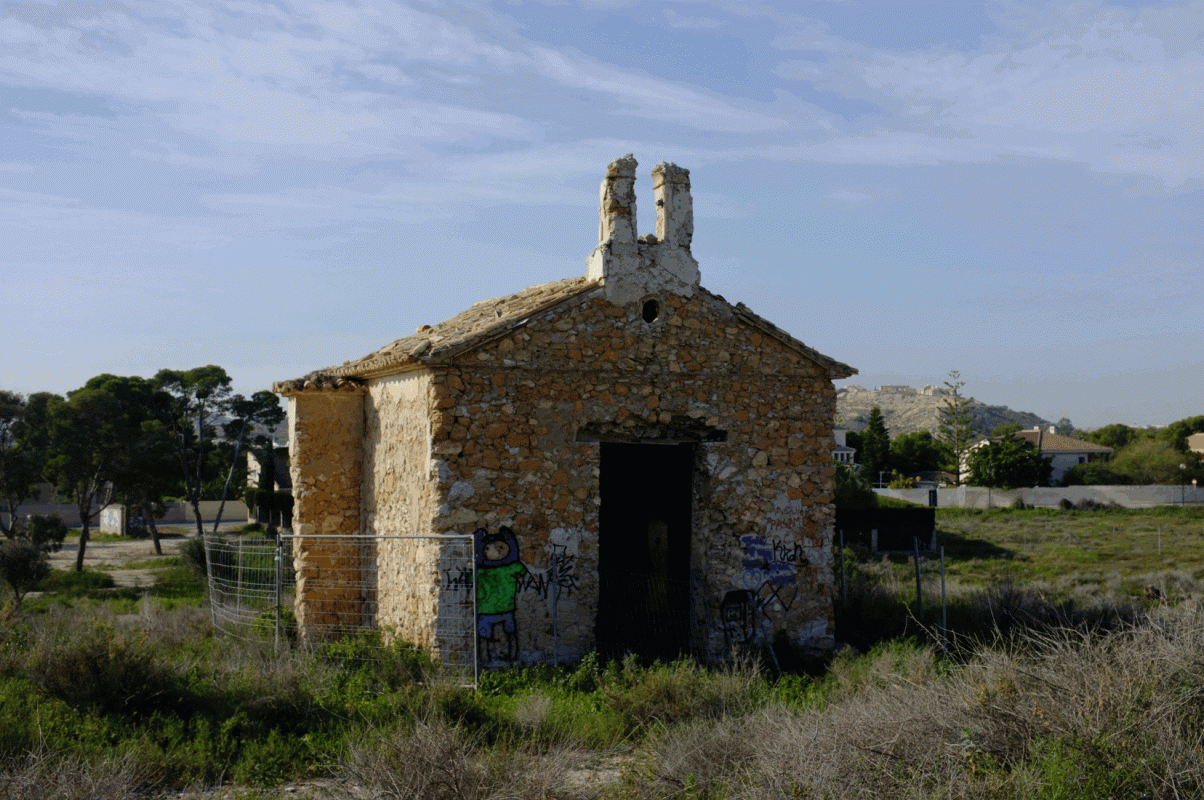
Hermitage of Sancho or Villa Flora
The Sancho estate was built in the 17th and 18th centuries on a small hill next to the Camino de Lloixa. At the end of the 19th century, this house was acquired by Mrs. Flora Joaquina Guardiola Boix and her husband, hence the name. They built a new house with an eclectic style and French influence, which unfortunately was demolished in the 80s, after remaining abandoned for a long time. It was attacked by the Italian army during the Civil War and its hermitage was desecrated, destroying everything inside, except for a small wooden and silver crucifix that was found, some time later, buried.
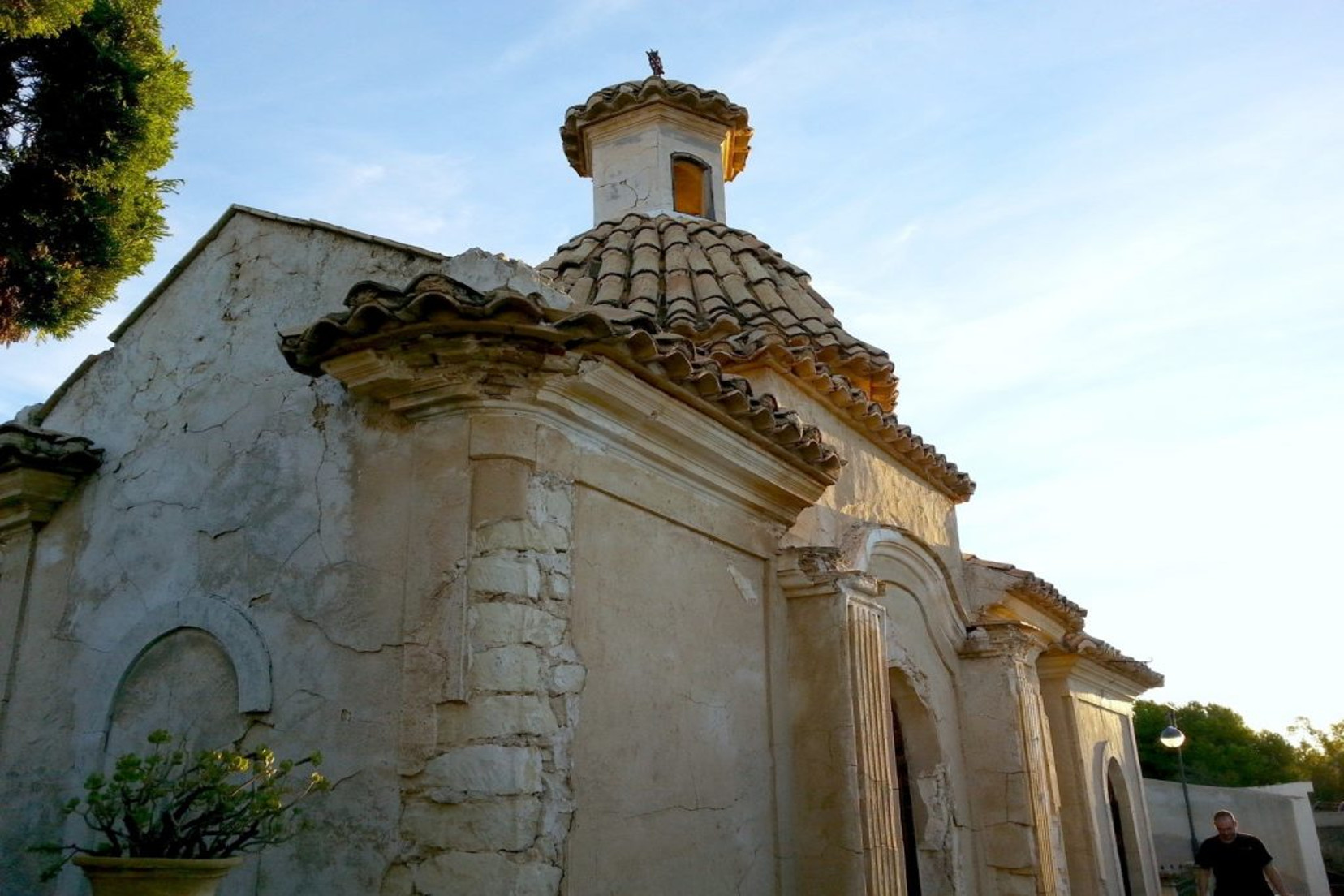
Sant Joan Cemetery
The primitive cemetery of Sant Joan was always located next to the church. In the 19th century it was moved to its current location in La Coix, at the foot of Mount Calvari, although we do not know the exact date of this event, although we do know that in 1885 important works were carried out in the cemetery. The last alteration took place at the beginning of this century, including in the perimeter one of the old cisterns on the slopes of Calvario. Interesting pantheons from the late 19th and early 20th centuries can still be seen.
